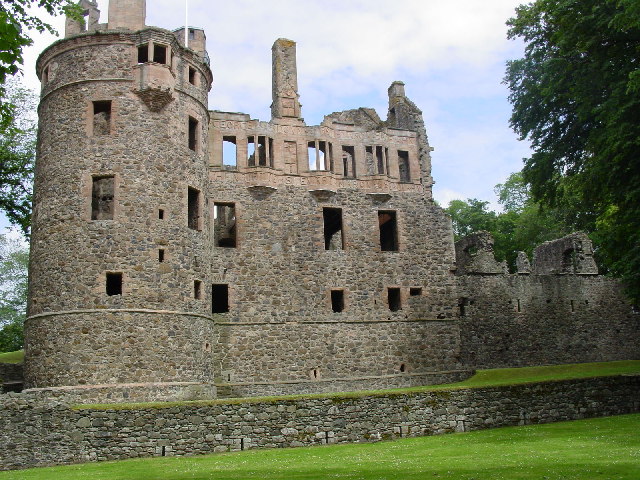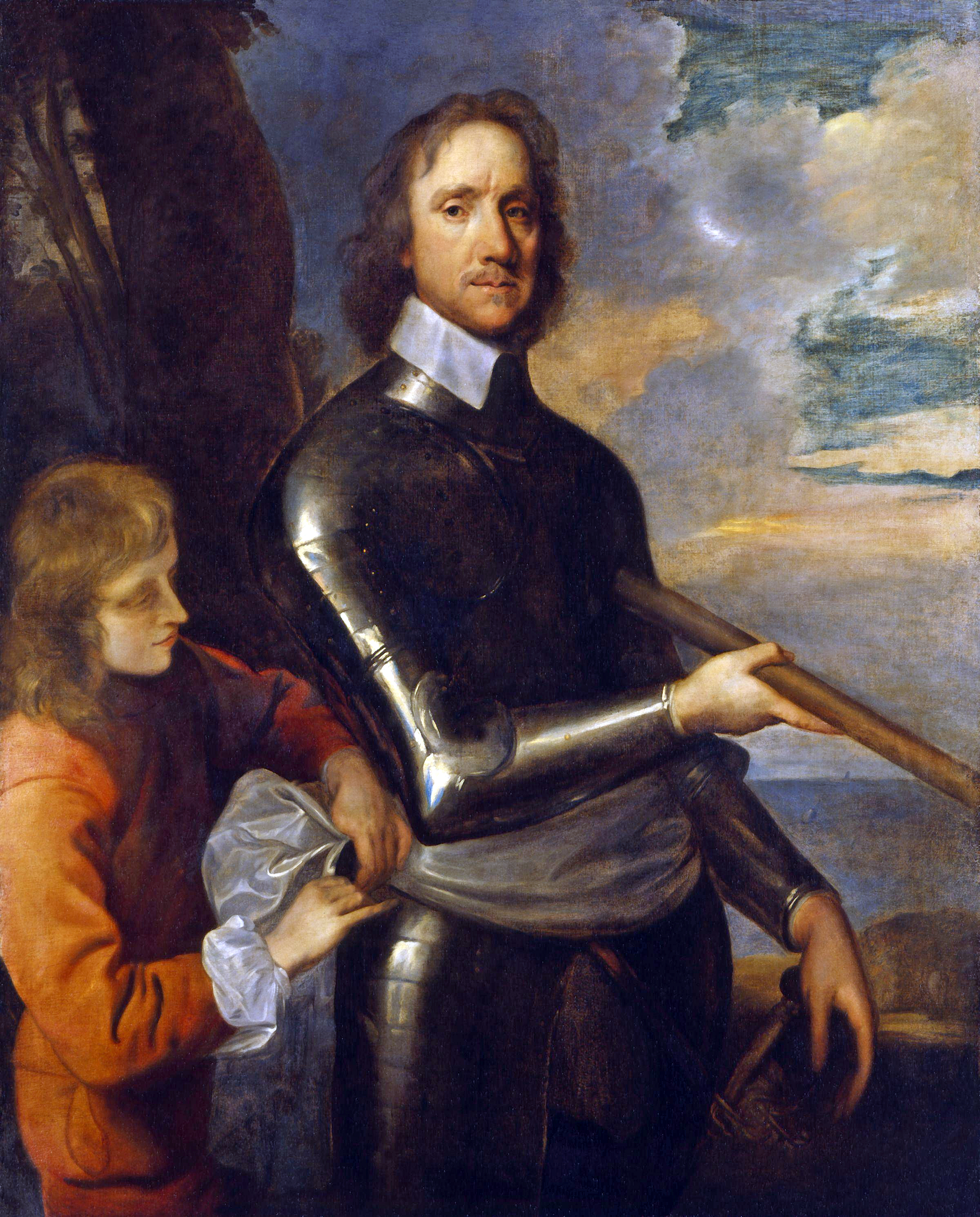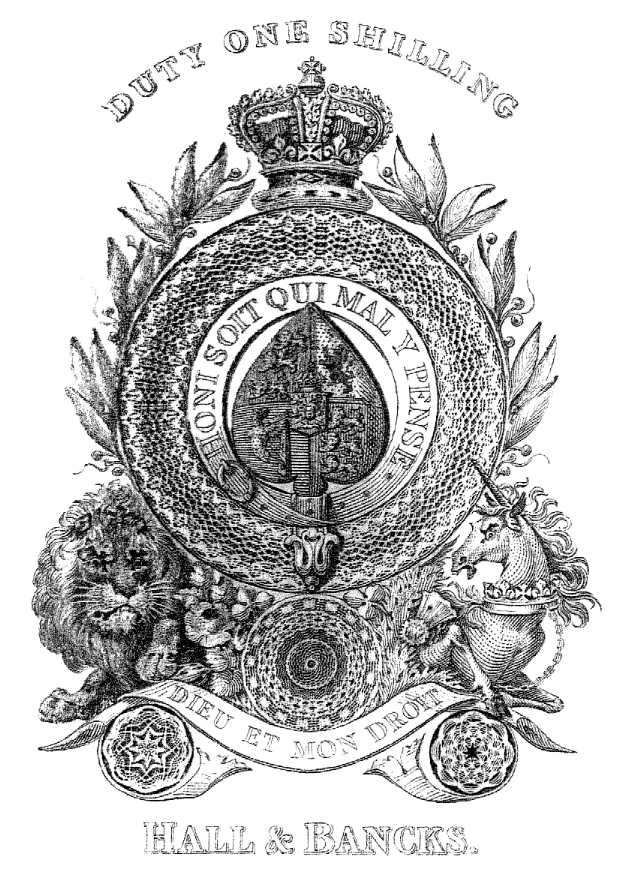|
Sir Thomas Burnett, 1st Baronet
Sir Thomas Burnett, 1st Baronet of Leys (died 27 June 1653) was a feudal baron and leading Covenanter who had represented Kincardineshire in the Scottish Parliament in 1621. Early years The eldest surviving son of Alexander Burnett of Leys and Katherine, eldest daughter of Alexander Gordon of Lesmoir, "Thomas Burnaetus de Leyes" appears in the records of King's College, Aberdeen and Aberdeen University, as a student who matriculated in 1603. In 1604 and 1606 when he was a witness to sasines he is designed as his father's "son and heir apparent", whom he succeeded in 1619 in the feudal barony of Leys and a range of other lands and rights. He completed the work of restoring Muchalls Castle, which his father acquired in the year 1588. In 1619, prior to his father's death, Thomas Burnet younger of Leys was one of a body of Commissioners named by King James VI of Scotland, at the instance of Bishop Patrick Forbes, to visit the universities of Aberdeen. The same year he was made an ho ... [...More Info...] [...Related Items...] OR: [Wikipedia] [Google] [Baidu] |
Thomas Burnett
Thomas Burnett or Burnet may refer to: *Thomas Burnet (theologian) (c. 1635–1715), theologian *Thomas Burnet (judge) (1694–1753), English wit, barrister and judge * Thomas Burnet (physician) (1638–1704), physician to Charles II, James II, William and Mary, and Queen Anne *Sir Thomas Burnett, 1st Baronet (died 1653), feudal baron who represented Kincardineshire in the Scottish Parliament, 1621 *Sir Thomas Burnett, 3rd Baronet (after 1656–1714), MP for Scotland, 1707–1708 * Sir Thomas Burnett, 6th Baronet (died 1783), of the Burnett baronets * Sir Thomas Burnett, 8th Baronet (1778–1849), Lord Lieutenant of Kincardine, 1847–1849 * Sir Thomas Burnett, 12th Baronet (1840–1926), Lord Lieutenant of Kincardine, 1920–1926 * Thomas Burnett (footballer) (1852–?), Wales international footballer *Thomas Burnett (New Zealand politician) (1877–1941), New Zealand politician * Thomas Lloyd Burnett (1871–1938), American rancher from Texas * Thomas Stuart Burnett (1853–188 ... [...More Info...] [...Related Items...] OR: [Wikipedia] [Google] [Baidu] |
Huntly, Scotland
Huntly ( or ''Hunndaidh'') is a town in Aberdeenshire, Scotland, formerly known as Milton of Strathbogie or simply Strathbogie. It had a population of 4,460 in 2004 and is the site of Huntly Castle. Its neighbouring settlements include Keith and Rothiemay. Both Huntly and the surrounding district of Gordon are named for a town and family that originated in the Border country. Huntly is the historic home of the Gordon Highlanders regiment, which traditionally recruited throughout the North-East of Scotland. Huntly has a primary school (Gordon Primary) and a secondary school (The Gordon Schools) beside Huntly Castle. Huntly is the home of the Dean's bakers, producers of shortbread biscuits. In November 2007, the Dean's of Huntly opened their new visitor’s centre. Four of the owls from the local falconry centre were featured in the ''Harry Potter'' films. History Settlement around the confluence of the Bogie and Deveron rivers dates back to the Neolithic period. The settl ... [...More Info...] [...Related Items...] OR: [Wikipedia] [Google] [Baidu] |
George Monck
George Monck, 1st Duke of Albemarle (6 December 1608 3 January 1670) was an English military officer and politician who fought on both sides during the Wars of the Three Kingdoms. A prominent military figure under the Commonwealth, his support was crucial to the 1660 Stuart Restoration of Charles II. Monck began his military career in 1625 and served in the Eighty Years' War until 1638, when he returned to England. Posted to Ireland as part of the army sent to suppress the Irish Rebellion of 1641, he quickly gained a reputation for efficiency and ruthlessness. After Charles I agreed to a truce with the Catholic Confederacy in September 1643, he was captured fighting for the Royalists at Nantwich in January 1644 and remained a prisoner for the next two years. Released in 1647, he was named Parliamentarian commander in Eastern Ulster, fought in Scotland under Oliver Cromwell in the 1650 to 1652 Anglo-Scottish War, and served as General at sea during the 1652 to 1654 First ... [...More Info...] [...Related Items...] OR: [Wikipedia] [Google] [Baidu] |
Battle Of Worcester
The Battle of Worcester took place on 3 September 1651 in and around the city of Worcester, England and was the last major battle of the 1642 to 1651 Wars of the Three Kingdoms. A Parliamentarian army of around 28,000 under Oliver Cromwell defeated a largely Scottish Royalist force of 16,000 led by Charles II of England and Scotland. The Royalists took up defensive positions in and around the city of Worcester. The area of the battle was bisected by the River Severn, with the River Teme forming an additional obstacle to the south-west of Worcester. Cromwell divided his army into two main sections, divided by the Severn, in order to attack from both the east and south-west. There was fierce fighting at river crossing points and two dangerous sorties by the Royalists against the eastern Parliamentary force were beaten back. Following the storming of a major redoubt to the east of the city, the Parliamentarians entered Worcester and organised Royalist resistance collapsed. Charl ... [...More Info...] [...Related Items...] OR: [Wikipedia] [Google] [Baidu] |
William Keith, 7th Earl Marischal
William Keith, 7th Earl Marischal (16141670 or 1671) was a Scottish nobleman and Covenanter. He was the eldest son of William Keith, 6th Earl Marischal. Life During the English Civil War, the 7th Earl Marischal joined James Graham, 1st Marquess of Montrose against the Gordons and twice seized Aberdeen in 1639, including a march with Montrose and 9,000 men along the Causey Mounth past Muchalls Castle and through the Portlethen Moss to attack via the Bridge of Dee. He was appointed a Lord of the Articles after the pacification of Berwick-upon-Tweed, and again seized Aberdeen and enforced signatures of the covenant in 1640. In 1641, he was appointed a Privy Council of Scotland, Privy Councillor. He attended covenanting committees in the north but remained inactive in 1643–44. He subsequently refused to give up fugitives to Montrose, and was besieged at Dunnottar Castle in 1645. He took no active steps against the popular party until he joined James Hamilton, 1st Duke of Hamilt ... [...More Info...] [...Related Items...] OR: [Wikipedia] [Google] [Baidu] |
Charles II Of England
Charles II (29 May 1630 – 6 February 1685) was King of Scotland from 1649 until 1651 and King of England, Scotland, and King of Ireland, Ireland from the 1660 Restoration of the monarchy until his death in 1685. Charles II was the eldest surviving child of Charles I of England, Scotland and Ireland and Henrietta Maria of France. After Charles I's execution at Palace of Whitehall, Whitehall on 30 January 1649, at the climax of the English Civil War, the Parliament of Scotland proclaimed Charles II king on 5 February 1649. However, England entered the period known as the English Interregnum or the English Commonwealth with a republican government eventually led by Oliver Cromwell. Cromwell defeated Charles II at the Battle of Worcester on 3 September 1651, and Charles Escape of Charles II, fled to mainland Europe. Cromwell became Lord Protector of England, Scotland and Ireland. Charles spent the next nine years in exile in France, the Dutch Republic and the Spanish Netherlands. ... [...More Info...] [...Related Items...] OR: [Wikipedia] [Google] [Baidu] |
Marquess Of Argyll
A marquess (; ) is a nobleman of high hereditary rank in various European peerages and in those of some of their former colonies. The German-language equivalent is Markgraf (margrave). A woman with the rank of a marquess or the wife (or widow) of a marquess is a marchioness () or marquise (). These titles are also used to translate equivalent Asian styles, as in Imperial China and Imperial Japan. Etymology The word ''marquess'' entered the English language from the Old French ("ruler of a border area") in the late 13th or early 14th century. The French word was derived from ("frontier"), itself descended from the Middle Latin ("frontier"), from which the modern English word ''March (territory), march'' also descends. The distinction between governors of frontier territories and interior territories was made as early as the founding of the Roman Empire when some provinces were set aside for administration by the senate and more unpacified or vulnerable provinces were admini ... [...More Info...] [...Related Items...] OR: [Wikipedia] [Google] [Baidu] |
Gàidhealtachd
The (; English: ''Gaeldom'') usually refers to the Highlands and Islands of Scotland and especially the Scottish Gaelic-speaking culture of the area. The similar Irish language word refers, however, solely to Irish-speaking areas. The term is also used to apply to areas of Nova Scotia and Glengarry County, Ontario where the distinctive Canadian dialects of Scottish Gaelic were or are still spoken. "The " is not interchangeable with "Scottish Highlands" as it refers to the language and not to the geography. Also, many parts of the Highlands no longer have substantial Gaelic-speaking populations, and some parts of what is now thought of as the Highlands have long been Scots-speaking or English-speaking areas such as Cromarty, Grantown-on-Spey, etc. Conversely, several Gaelic-speaking communities lie outside the Highland, Argyll and Bute and Outer Hebrides council areas, for example the Isle of Arran and parts of Perth and Kinross, not to mention Nova Scotia, North Caroli ... [...More Info...] [...Related Items...] OR: [Wikipedia] [Google] [Baidu] |
Excise
file:Lincoln Beer Stamp 1871.JPG, upright=1.2, 1871 U.S. Revenue stamp for 1/6 barrel of beer. Brewers would receive the stamp sheets, cut them into individual stamps, cancel them, and paste them over the Bunghole, bung of the beer barrel so when the barrel was tapped it would destroy the stamp. An excise, or excise tax, is any duty (economics), duty on manufactured goods (economics), goods that is normally levied at the moment of manufacture for internal consumption rather than at sale. It is therefore a fee that must be paid in order to consume certain products. Excises are often associated with customs duties, which are levied on pre-existing goods when they cross a designated border in a specific direction; customs are levied on goods that become taxable items at the ''border'', while excise is levied on goods that came into existence ''inland''. An excise is considered an indirect tax, meaning that the producer or seller who pays the levy to the government is expected to try ... [...More Info...] [...Related Items...] OR: [Wikipedia] [Google] [Baidu] |
Scottish Parliament
The Scottish Parliament ( ; ) is the Devolution in the United Kingdom, devolved, unicameral legislature of Scotland. It is located in the Holyrood, Edinburgh, Holyrood area of Edinburgh, and is frequently referred to by the metonym 'Holyrood'. It is a democratically elected body and its role is to scrutinise the Scottish Government and legislate on devolved matters that are not Devolved, reserved and excepted matters, reserved to the Parliament of the United Kingdom. The Scottish Parliament comprises 129 members known as Members of the Scottish Parliament (MSPs), elected for five-year terms under the regionalised form of Additional-member system (MMP): 73 MSPs represent individual geographical Scottish Parliament constituencies and regions, constituencies elected by the Plurality voting system, plurality (first-past-the-post) system, while a further 56 are returned as list members from eight Additional-member system, additional member regions. Each region elects seven party-lis ... [...More Info...] [...Related Items...] OR: [Wikipedia] [Google] [Baidu] |
Crathes Castle
Crathes Castle (pronounced ) is a castle, built in the 16th century, near Banchory in Aberdeenshire, Scotland. It is in the historic county of Kincardineshire. This harled castle was built by the Burnetts of Leys and was owned by the family for almost 400 years. The castle and its grounds are currently owned and managed by the National Trust for Scotland and are open to the public. History Crathes sits on land given as a gift to the House of Burnett, Burnetts of Ley family by King Robert the Bruce in 1323. In the 14th and 15th centuries, the Burnett of Leys built a fortress of timbers on an island they made in the middle of a nearby bog. This method of fortification, known as a crannog, was common in the Late Middle Ages. Construction of the current tower house of Crathes Castle was begun in 1553 but delayed several times during its construction due to political problems during the reign of Mary, Queen of Scots. It was completed in 1596 by Alexander Burnett of Leys, and an add ... [...More Info...] [...Related Items...] OR: [Wikipedia] [Google] [Baidu] |






